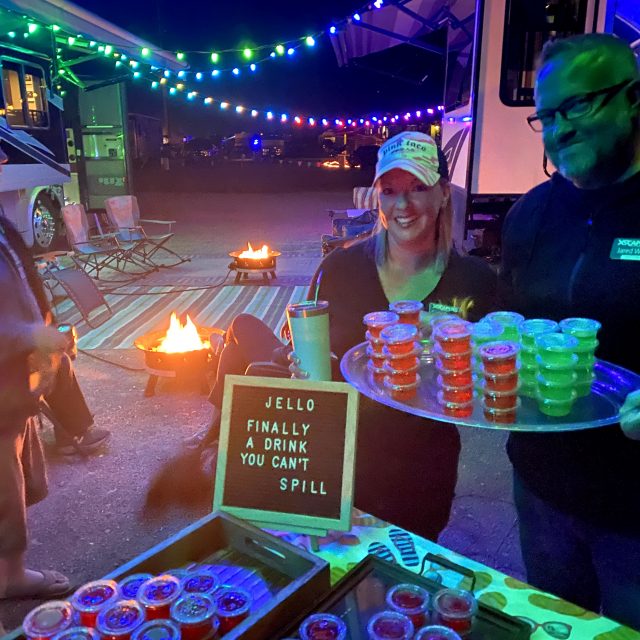Recent Changes to Paycheck Protection Program & Economic Injury Disaster Loans
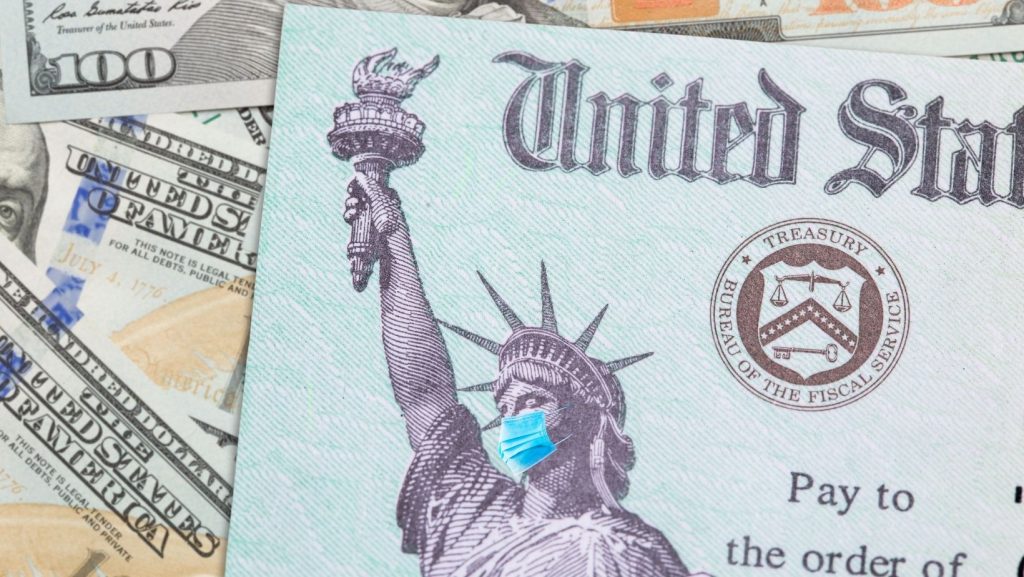
We are approaching the one-year mark when the COVID pandemic leapt from the headlines of news sites and rocked our lives and businesses. On March 27, 2020, in response to the COVID-related economic havoc, the CARES Act (CARES) was signed into law by President Trump. CARES included a variety of financial assistance initiatives for individuals and businesses.
For this article, we will focus on two popular loan/grant programs that CARES created for businesses:
- The Paycheck Protection Program (PPP)—a loan that included a 100% forgiveness provision, AND,
- The Economic Injury Disaster Loans (EIDL) program that included a not so well understood grant component called EIDL Advance Payment—tax free money above and beyond the EIDL loan amount.
We’ll also examine the recent (and retroactive) updates and expansion of these programs including a second draw PPP opportunity.
The Consolidated Appropriations Act of 2021 (CAA), signed into law on December 27, 2020, retroactively clarified and revised certain aspects of PPP and EIDL. For those who participated in either or both programs, there are very important implications that will directly impact our 2020 income tax returns. Therefore, we’ll jump right into highlighting the retroactive changes per CAA that we need to be aware of when preparing our 2020 returns. Later in this article, we will discuss the new requirements for those who are considering applying for PPP or EIDL in 2021. (See Footnote 1)
Impact of Paycheck Protection Program and Economic Injury Disaster Loans on 2020 Income Tax Returns
- Forgiven PPP loans are excludable from taxable income on the tax return.
The IRS usually mandates that forgiven debt is to be considered taxable income. However, from the outset of the PPP, it was made very clear that the forgiven PPP loan would NOT be included as taxable income. This provision remains intact. Keep in mind that a forgiven PPP loan is still legitimate income (even though it is not taxable) that adds to the equity of a business and should be included on the P&L (and carried to the balance sheet via current year net income). Business owners should record the PPP funds as a separate revenue line item (e.g. Tax Free Income) from other taxable revenue on their profit and loss statement. Be sure to exclude this tax-free income when preparing your 2020 tax return. - Business expenses covered by forgiven PPP funds are tax deductible.
Originally, the IRS indicated that business expenses paid with PPP funds would not be deductible on tax returns. However, CAA over-ruled the IRS’ interpretation. The business expenses paid for with PPP funds will be deductible on tax returns. - The EIDL Advance Payment was originally deemed to be a tax-free grant and remains so.
However, for business owners who received both PPP and EIDL Advance Payment, the original IRS ruling meant the amount of forgiven PPP would be reduced by the amount of EIDL Advance Payment. This had the effect of preventing the PPP loan from being 100% forgivable. CAA changed all that. The EIDL Advance Payment remains tax free income and will NOT impact your ability to claim 100% forgiveness of the PPP loan.
Other Important Changes from the Consolidated Appropriations Act
- The CAA revived and extended the PPP and EIDL programs.
- The application deadline for (first or second draw) PPP and EIDL has been extended to March 31, 2021. (See Footnote 2)
- Business owners can apply for a second round of PPP assistance or apply for the first-time if they missed out in 2020. Note however, that the PPP qualification rules have been changed—we will address those changes below.
- Note that the EIDL loan is only available to businesses that have not already accepted an EIDL loan (i.e. you can’t have two EIDL loans).
- Don’t procrastinate if you are considering PPP or EIDL as a source of funds for your business. The limited amount of funds set aside for these programs will likely be entirely disbursed before March 31 due to high demand, as we witnessed when these programs first rolled out in 2020.
- New PPP loan qualifications for second draw.
To qualify for a PPP loan in 2021, your business must meet the following conditions:- First draw PPP qualification (not impacted by CAA):
- Have 500 or fewer employees.
- Second draw PPP qualifications:
- Have 300 or fewer employees.
- Demonstrate that at least one quarter in 2020 suffered a 25 percent or greater loss in revenue when compared to the corresponding quarter in 2019 (i.e. compare Q1 2020 with Q1 2019; Q2 2020 with Q2 2019; etc).
- Have already spent any PPP (first draw) funds received (or will soon)
- First draw PPP qualification (not impacted by CAA):
TIP: If your business did not participate in PPP first draw, it may be possible to immediately apply, receive and spend the funds with time remaining before the March 31 deadline and apply for a second draw. If you spend the funds properly, both loans will be 100% forgiven.
- The CAA added four new categories of business expenses that qualify for PPP forgiveness—these new categories apply to first and second draw PPP loan forgiveness. The original PPP designated specific business expenses that were allowed:
- Payroll (including owner draws for self-employed business owners)
- office/facilities rent
- mortgage interest on business office/facilities
- utilities.
These remain, in addition to the four new categories:
- Operating expenditures: specifically, costs associated with software and cloud computing services (the goal here is to assist businesses that needed to invest in expanding their remote workforce due to COVID and the technology needed to support this effort).
- Property damage costs: these are damages caused by riots (“public disturbances”) that were not covered by insurance.
- Supplier costs: to cover expenditures made to suppliers for goods deemed “essential to the operations of the entity”.
- Worker protection expenditures: to cover expenditures related to converting and maintaining the workplace to comply with COVID-related safety measures for employees and customers (PPE, physical barriers, erecting drive throughs, outdoor facilities, ventilation systems, etc).
- The CAA provided for a new simpler forgiveness application, Form 3508S.
- There are three forgiveness applications, Form 3508, 3508EZ and 3508S. The latter Form 3508S is the easiest forgiveness application to complete. It had already been announced prior to the CAA, but the CAA included provisions to further streamline the application and condensed it onto a single page. All three applications are available for first and second draw PPP loans. Note that you must complete a separate forgiveness application for first and second draw loans, do not combine both draws on a single forgiveness application.
- Form 3508S: Available for PPP loan amounts of $150,000 or less. 3508S requires fewer calculations and less documentation than the other forgiveness applications.
- Form 3508EZ: Available for PPP loan amounts greater than $150,000 and the business meets specific targets for maintaining salaries/wages, average paid hours and employee headcount.
- Form 3508: Available for PPP loan amounts greater than $150,000 for businesses that don’t meet qualifications for Form 3508EZ.
REMEMBER: The same bank or lending institution that you worked with to receive your PPP loan (first and second draw) is the same institution you will work with the apply for forgiveness. They are in charge of facilitating your forgiveness process and most likely have converted the three forgiveness applications into an online process for you to input your data. Note, you can but do not have to work with the same first-draw lender if you pursue a second draw.
- The CAA includes an opportunity to increase the EIDL Advance Payment to a maximum of $10,000 (i.e. if you received an Advance Payment of zero to $9,000, you may qualify to receive additional tax free grant funds up to the combined maximum of $10,000). However, there are new, more stringent qualifications. Note that the “EIDL Advance Payment” term is no longer being used, the new term is “Targeted EIDL Advance”. The Targeted EIDL Advance is only available to (must meet all of the following conditions):
- Those who applied for EIDL prior to December 27, 2020 and received less than $10,000, or those who applied and received no Advance due to lack of program funding.
- Businesses located in “low-income” communities as defined by defined in section 45D(e) of the Internal Revenue Code (Snooze alert!! If you are really interested, go here to try and determine if your business is located in a low-income community: https://www.law.cornell.edu/uscode/text/26/45D).
- Businesses that can demonstrate more than a 30% gross revenue reduction (2020 versus 2019) in revenue during any 8-week period after March 1, 2020.
- In some cases, the business must have 300 or fewer employees.
There is no way to apply for the Targeted EIDL Advance. The SBA will contact via email those businesses that already participated, or attempted to participate, in the original Advance Payment and are deemed to be located in low-income communities. If your business did not apply for EIDL before December 27, 2020, you can still apply for the EIDL loan, but the Targeted EIDL Advance is not available. (See Footnote 3)
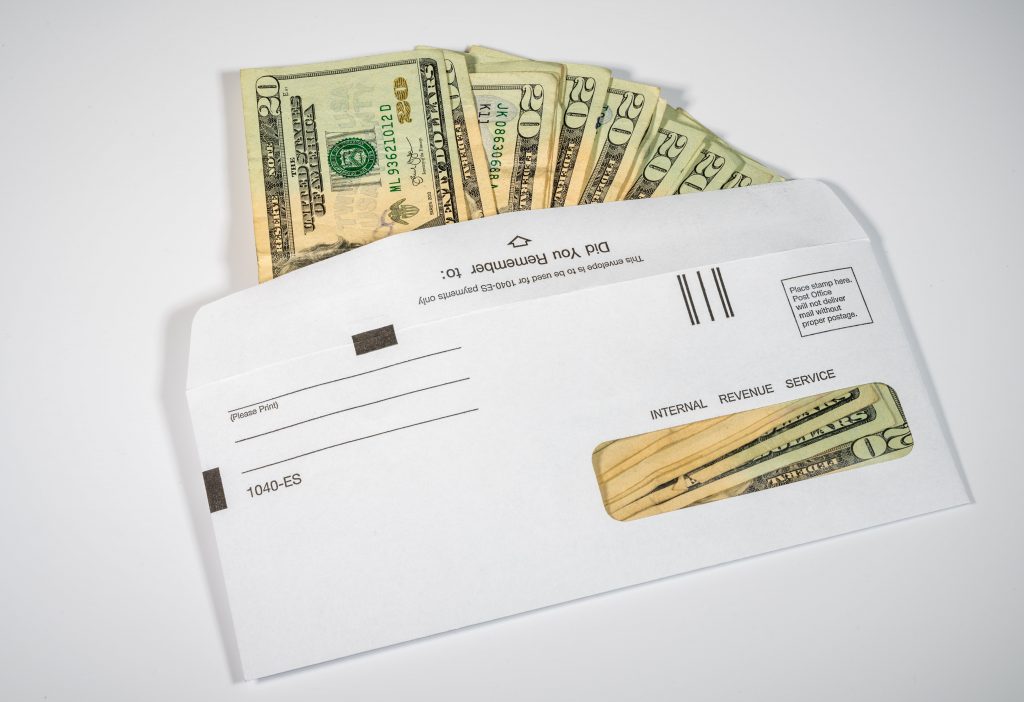
Tips & Potential "Gotchas" of PPP Loan Forgiveness
- When to apply for PPP loan forgiveness
After all PPP loan proceeds have been spent, business owners can apply for forgiveness. Forgiveness can be applied for any time up to the maturity date of the loan. However, to prevent having to make PPP loan payments, be sure to apply for forgiveness within 10 months after the last day of the covered period. (See Footnote 4)
At a minimum, be ready to produce documentation that verifies how you spent your loan funds. You may be required to submit payroll reports, bank statements, tax forms, and receipts to show how loan funds were spent. - Some states do not allow businesses to deduct expenses paid for with PPP funds.
Check with a tax professional or your state’s Department of Revenue to inquire whether they follow the IRS’ federal tax treatment of the forgivable loan and deductible expenses or not. - Tip for self-employed business owners and partnerships with no employees
The formula for calculating the maximum PPP loan amount is 2.5x average monthly payroll (hotels and restaurants can use 3.5x for PPP second draw). Owners can use 2019 or 2020 figures, whichever produces the greater figure. Sole Proprietors and Partnerships don’t pay owners via a formal payroll, so instead, use the following:- Sole Proprietors: calculate average monthly net income using the Net Profit figure reported on Form 1040, Schedule C, Line 31.
- Partners: calculate average monthly income using the Ordinary Income figure reported on your Partnership K-1, Line 1.
- Note that Sole Proprietors and Partnerships that generated net losses in 2019 and 2020 and do not have employees on payroll, will not be able to qualify for PPP.
If you have any questions about how to apply for first or second draw PPP loans, PPP forgiveness, and EIDL feel free to contact me for a free 20-minute consultation.
Footnotes
1. Unfortunately, space constraints prevent us from including in this article tips for how to complete the PPP or EIDL applications. However, if you have any questions as you begin to work through these applications, I’d be happy to answer your questions and provide you with some guidance (at no charge; no strings attached). Call or email me at 757-771-2557 or timewing@quest-cpa.com.
To apply for the PPP loan (first or second draw), you will work directly with a bank or lending institution. The SBA has helpful information about PPP at https://www.sba.gov/funding-programs/loans/coronavirus-relief-options/paycheck-protection-program, but remember, you are do not apply for PPP through the SBA.
Conversely, the only way to apply for EIDL is via the online application on the SBA’s website at: https://www.sba.gov/funding-programs/loans/coronavirus-relief-options/covid-19-economic-injury-disaster-loans#section-header-0. For more information about EIDL, go to: https://www.sba.gov/funding-programs/loans/coronavirus-relief-options/covid-19-economic-injury-disaster-loans.
2. PPP loan terms
- PPP loans have an interest rate of 1%.
- Loans issued prior to June 5, 2020 have a maturity of two years. Loans issued after June 5, 2020 have a maturity of five years.
- Loan payments will be deferred for borrowers who apply for loan forgiveness until SBA remits the borrower’s loan forgiveness amount to the lender. If a borrower does not apply for loan forgiveness, payments are deferred 10 months after the end of the covered period for the borrower’s loan forgiveness (either 8 weeks or 24 weeks).
- No collateral or personal guarantees are required.
- Neither the government nor lenders will charge small businesses any fees.
- For more information on loan terms, go to: https://www.sba.gov/funding-programs/loans/coronavirus-relief-options/paycheck-protection-program/first-draw-ppp-loans
3. EIDL loan terms
- 3.75% for businesses (fixed)
- 2.75% for nonprofits (fixed)
- Maturity: 30 years
- No pre-payment penalty or fees
- Payments are deferred one year from date of disbursement but interest still accrues
- Set up online payments through Pay.gov
4. Covered Period defined:
Borrowers must choose an 8-week or 24-week “covered period” which is the time frame for when all PPP funds must be spent to qualify for loan forgiveness. Only funds spent within the covered period qualify for forgiveness. The Covered Period begins on the date the loan was originally disbursed.
DISCLAIMER: The information and materials we share in this article are intended for reference only. As the information is designed solely to provide guidance to the readers, it is not intended to be a substitute for someone seeking personalized professional advice based on specific factual situations. Therefore, we strongly encourage you to seek the advice of a tax professional to help you with your specific needs.
Did you like this post? Pin it on Pinterest!
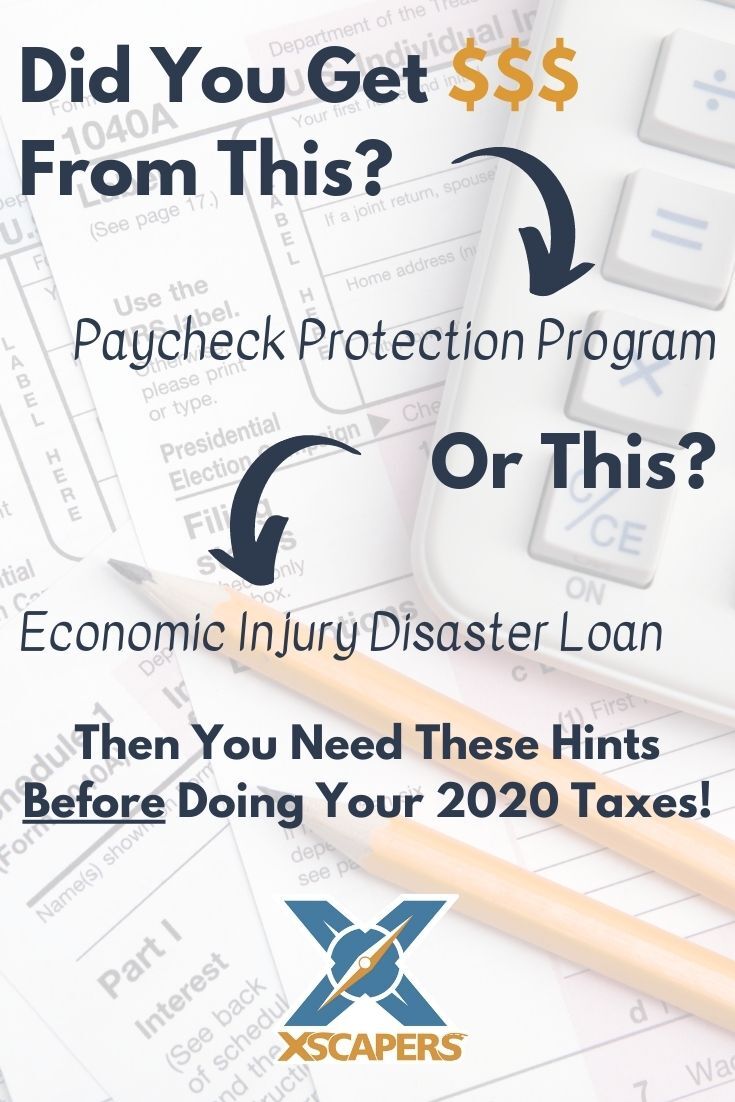

Author
Tim Ewing - Certified Public Accountant (CPA)
Tim began full-time RV life in 2014. He works full-time from the road helping business owners grow revenue and improve profits. Tim is a CPA, provides bookkeeping services and tax return preparation for individuals and businesses. Contact Tim to unload your bookkeeping burdens and avoid IRS headaches. TimEwing@Quest-CPA.com or 757-771-2557.

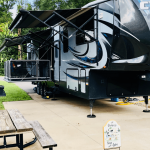 Previous Post
Previous Post Next Post
Next Post